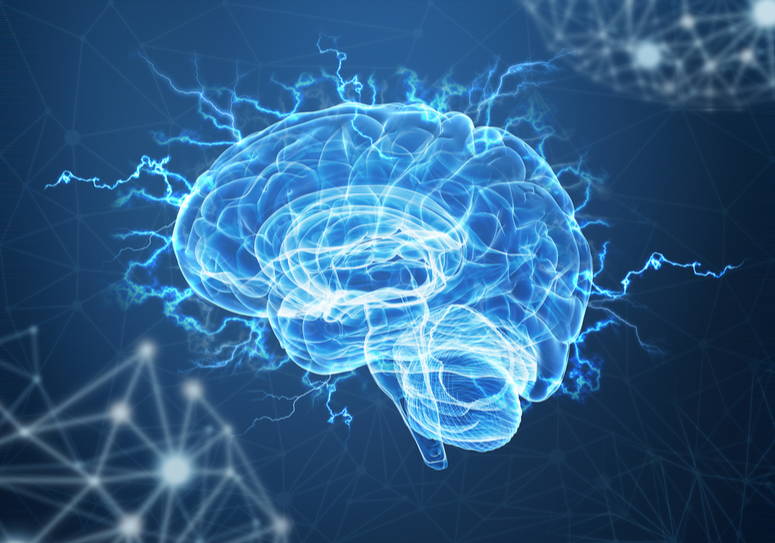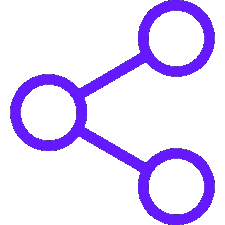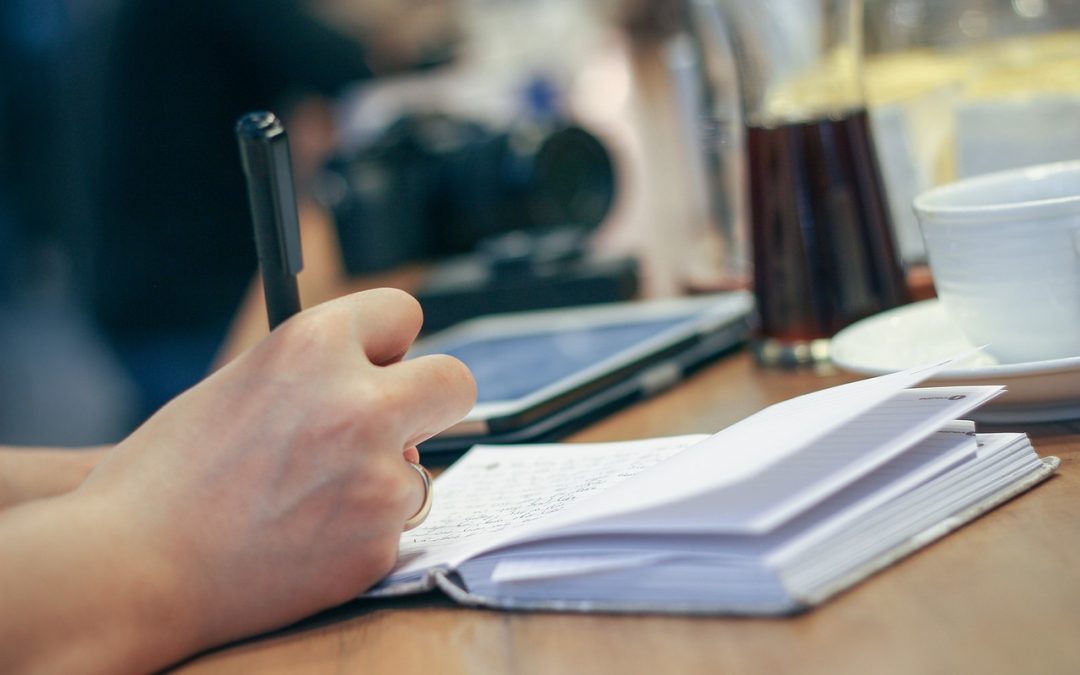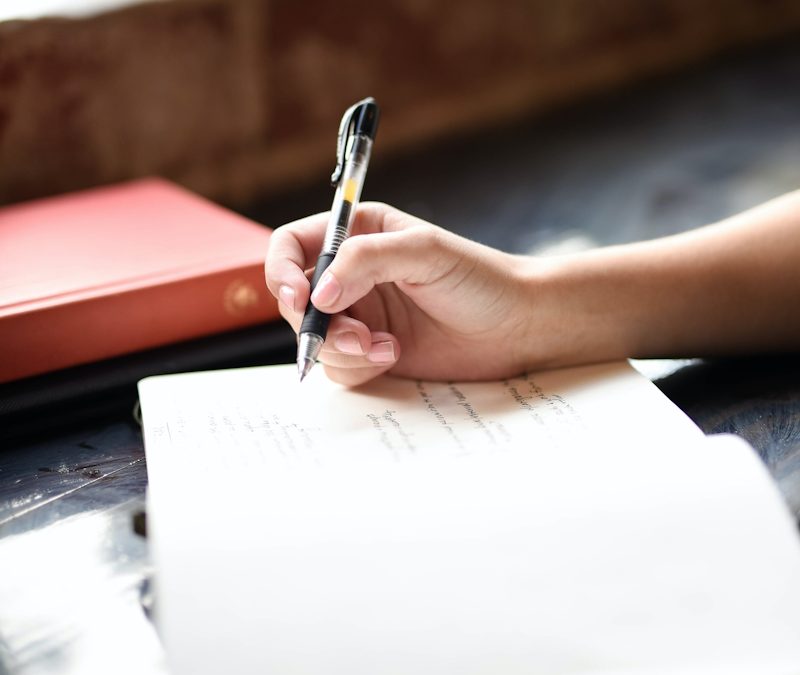Many of us feel stressed, overworked and overstimulated in our daily lives, which leads to us being in a chronic state of fight or flight response. The amazing thing is that with our breathing we have a regulator at our disposal that we can use at any time free of charge, releasing a great potential.
Proper breathing technique is a reliable and quick way to manage stress
With the right breathing technique, we have a fail-safe and fast way to improve stress-related chronic illnesses, promote self-healing, reduce anxiety, improve our performance, and much more. Plus, it’s completely free, you don’t need any equipment, you can do it literally anywhere, and the benefits only increase over time.
So, dealing with the way we breathe is worthwhile in any case and also not a new idea of some New Age gurus, but a millennia-old tradition. In Taoism, Buddhism, Hinduism and also in Christianity, breathing has always been used as a means to change or expand consciousness, to connect with a higher power and to promote self-discovery or healing. Today, breathwork and breathing techniques have been popularized again by people Dr. Stanislav Grof, Wim Hof, Anders Olsson, James Nestor, Patrick McKeown and many more.
Many of us pay attention to how much protein we eat, to avoiding carbs and juice, to following a Paleo-Keto or Vegan diet. But the ironic thing is that the same people who are so concerned about every calorie they are feeding their bodies are not paying attention to their breathing, from which we get most of our energy. And if we don’t do that efficiently, we won’t be able to use our energy to its fullest.
We don’t give enough thought to how our breath affects how we feel.
ScienceDaily has published a study which proves that different breathing patterns activate our brain networks related to mood, attention and body awareness.
Stop and pay attention to your breath! This is much more than common sense advice! It also reflects what meditation, yoga, and other stress-reducing therapies teach: that focusing on the timing and pace of our breath can have positive effects on our bodies and minds. This is also the conclusion of a study recently published in the Journal of Neurophysiology. It shows that several brain regions associated with emotions, attention and body awareness are activated when we pay attention to our breath.
Another study of respiratory feedback in the generation of emotion revealed that asking participants to “breathe in and out slowly and deeply through your nose” not only resulted in very regular breathing with a relaxed chest, but also elicited feelings of joy and happiness. The prompt, “Breathe in and out quickly and with normal intensity from the upper part of your chest” resulted in slightly irregular breathing accompanied by trembling and the chest was very tense.” Participants reported feeling anger, anxiety, and restlessness.
Breathing rhythm generates electrical activity in the human brain that, moreover, improves emotional judgments and memory recall. This was discovered for the first time in a study by scientists at Northwestern Medicine.

Atemtechnik im BrainYdoo Programm
In the BrainYdoo program, we use a breathing technique based on the Wim Hof method combined with brain scientist Dr. Joe Dispenza’s sophisticated technique for activating the pineal gland. This breathing mediation is set to rhythmic music to encourage immersion in flow states.
We begin with rhythmic breathing, 30 breaths. Then you take a deep breath, and then just let go. Now you hold your breath as long as you can. This is usually 40-60 seconds for beginners. Then you take a deep breath and you don’t just hold it, you tighten all your pelvic floor muscles as much as you can. All your intrinsic muscles stay tight as you “send” your breath up the spine, higher and higher. You track your breath up to the pineal gland, right in the geometric center of your brain, that’s the goal. The act of contracting these muscles along with holding your breath transports the spinal fluid directly to your brain. And as we continue to hold our breath, we push the spinal fluid directly against the crystals of the pineal gland, and then the mechanical stress begins to activate those crystals electrically, and we turn on the radio receiver in the brain.
Breathing has a great influence on our mood
According to this study, the effects on behavior depend crucially on whether one breathes in or out and whether one breathes through the nose or the mouth.
“One of the most important findings of this study is that there is a dramatic difference in brain activity in the amygdala and hippocampus during inhalation compared to exhalation,” said lead author Christina Zelano, assistant professor of neurology at Northwestern University Feinberg School of Medicine. “We found that neurons in the olfactory cortex, amygdala and hippocampus, the entire limbic system, are stimulated during inhalation.”
The amygdala is strongly associated with the processing of emotions, particularly fear-related emotions. Therefore, the scientists asked about 60 subjects to make quick decisions about emotional expressions in a laboratory setting while recording their breathing. The subjects were presented with pictures of faces that expressed either fear or surprise, and they had to indicate as quickly as possible which emotion each face expressed.
For faces that appeared during inhalation, subjects were quicker to recognize them as fearful than for faces that appeared during exhalation. This was not the case for faces expressing surprise. These effects decreased when subjects performed the same task with mouth breathing. Thus, the effect was specific to fearful stimuli during nasal breathing.
Another possible finding of the research concerns the basic mechanisms of meditation or focused breathing. “When you breathe in, in a sense you synchronize brain oscillations throughout the limbic network,” Zelano said.
How do we best use these insights?
When we breathe in, we breathe in oxygen O2 and other molecules and gases, when we breathe out, we breathe out CO2 and other molecules and gases. This is respiration. When you breathe in, your heart rate increases a little bit, when you breathe out, your heart rate decreases a little bit. That’s the basic principle of breathing, but it’s also very important for metabolism. The oxygen you breathe in acts as an energy source in the mitochondria in the cells of your body. Imagine a fire burning inside of you, creating all the energy you need to live. If there is too little energy, the fire cannot burn. If we have too much oxygen, the fire burns too much and can cause damage. When our body has too much oxygen, it causes something called oxidative stress. Oxidative stress occurs when we have an imbalance between free radicals and antioxidants in our body. This can lead to tissue damage. So it’s clear that we need the right balance of oxygen. Not so much and not too little.

Increase of cognitive abilities
The researchers were even able to demonstrate that steady breathing improves cognitive function. One hundred participants breathed fully in for five seconds and fully out for five seconds every day for ten minutes for six weeks. They completed tasks that tested math and working memory – and they performed significantly better after the six-week intervention than before.
What happens in the brain during controlled hyperventilation?
The breathing techniques mentioned at the beginning are so popular because they promise to activate brain regions that cannot normally be activated by means of a certain sequence of rapid or rhythmic breathing. In the case of Wim Hof, studies have confirmed that he can influence his sympathetic nervous system with his breathing technique.
The Wim Hof method is basically nothing more than controlled hyperventilation that tricks the body into thinking it is in danger. This simulates altitude training, which Nepalese Sherpas do every day when they constantly go up and down the mountains to bring sheep or tourists up or down the mountains. Those who are less familiar with different oxygen concentrations in the air than Nepalese Sherpas are correspondingly more sensitive to the artificially induced undersupply of oxygen. Because that is -different than superficially assumed- what happens during hyperventilation: Hyperventilation does not cause an increase in oxygen partial pressure, but a decrease in carbon dioxide partial pressure (pCO2). This is what your respiratory center uses to trigger a breathing stimulus. The drop in pCO2 causes vasoconstriction of the arterial vessels of the brain, resulting in reduced blood flow to the brain, which then receives less oxygen.
“We have this misconception that carbon dioxide, which is in gas that makes up a lot of the gas mixture we breathe, is a toxic waste gas. When in fact, carbon dioxide is our friend, and we can use breathing control techniques to create an optimal ratio of oxygen and carbon dioxide in the body.”
William Nestor
The reduction of blood flow to the brain creates an alkaline state (respiratory alkalosis), which can lead to hallucinatory effects and other physical sensations such as tingling in the extremities.
“I have talked to Stan Grof, and he is convinced that these states of over-breathing and very high alkaline states, causes an inhibition of blood flow in various areas of the body, not only in the brain, but everywhere. He is convinced that this cuts off the limbic system, the emotional centers of the brain, and that the brain begins to think that it is dying. And that then the primitive parts of the brain start thinking they’re dying, and when they think they’re dying, they can release all these feel-good hormones, all these home-made opiates!” William Nestor in an interview with Soma Breath founder Niraj Naik.
So breathing is something we do all the time unconsciously, but have forgotten to use it purposefully. Yet with our breathing we have an omnipresent tool at our disposal to specifically reach certain moods and states of consciousness. It is not for nothing that breathwork is often mentioned as the first technique when it comes to achieving so-called flow states. So our breathing, if we train it, can be the shortcut into flow.

Teile diesen Beitrag
Wenn du diesen Beitrag interessant und lesenswert findest, dann teile ihn mit deinen Freunden!



